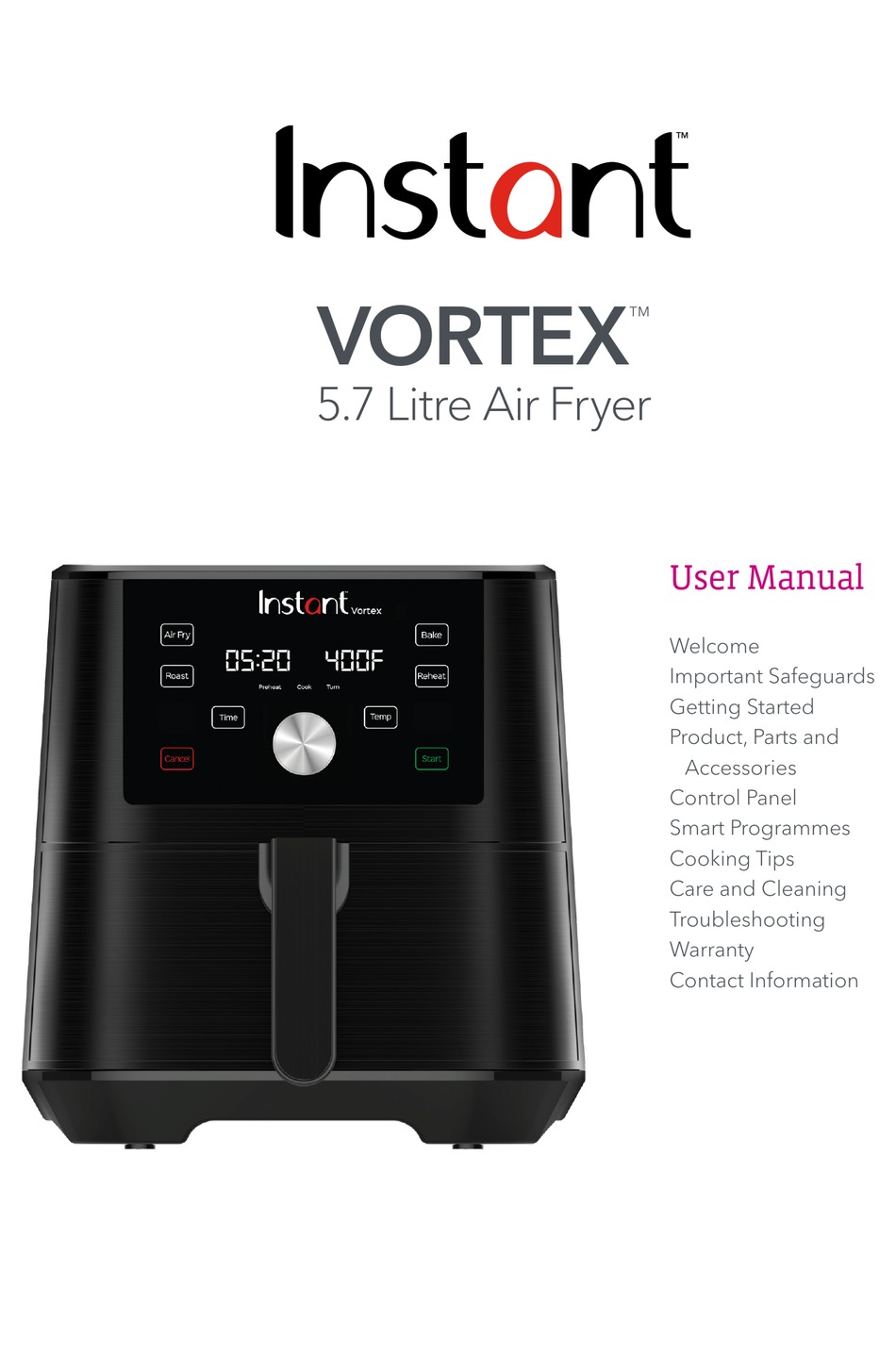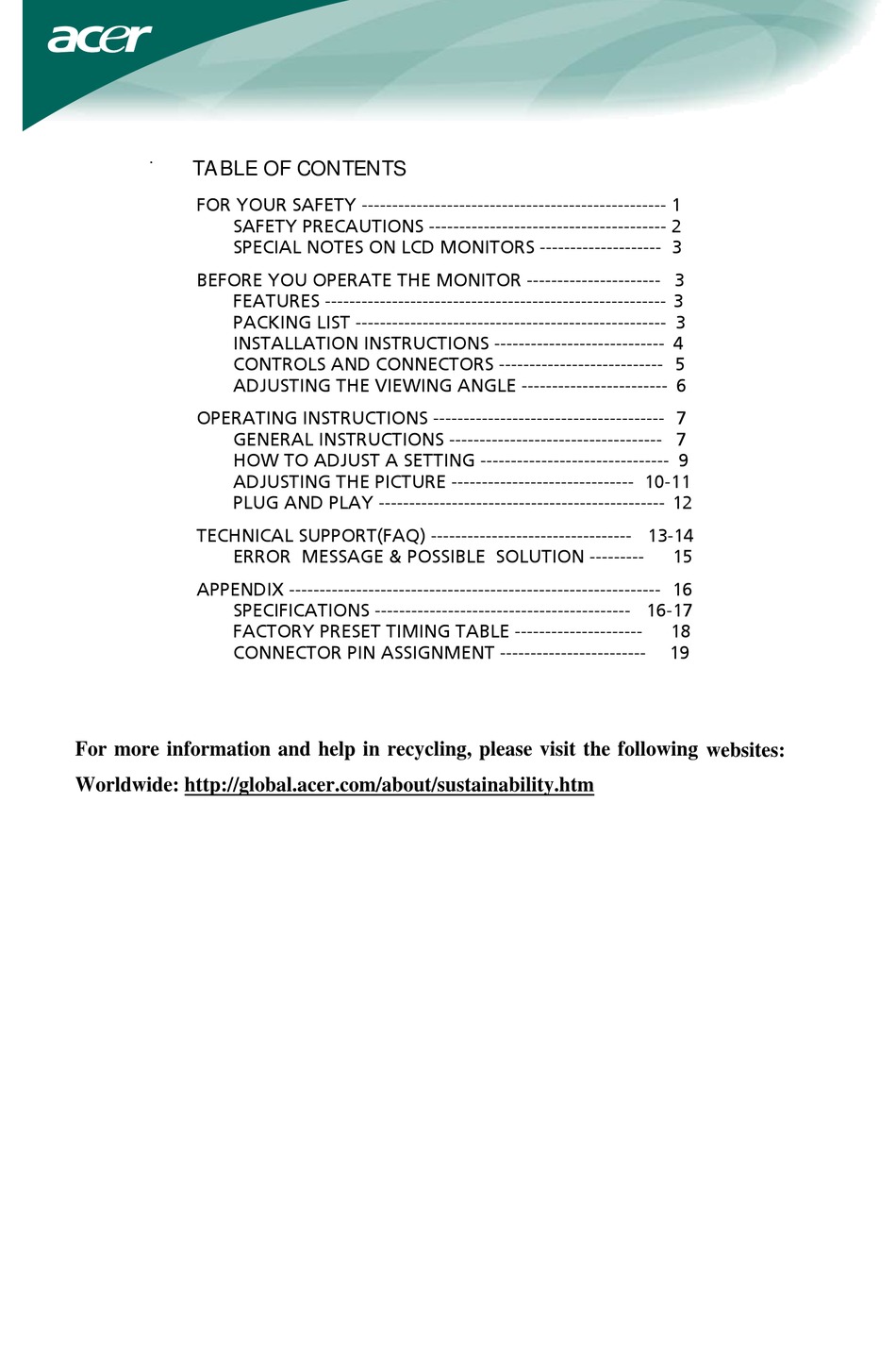

The situation is further complicated by complex topography. Many of New Zealand's major cities are located within 20 kilometres of the coast and so the majority of air pollution concentrations over urban areas are affected by highly variable coastal airflows. The choice of an appropriate dispersion model is heavily dependent on the intended application. In choosing the most appropriate model it is very important to understand the model's limitations and apply it only to the situations that match its capabilities. In more complex atmospheric and topographical conditions, advanced puff or particle models and meteorological modelling may be required to maintain a similar degree of accuracy.

This modelling accounts for the vast majority of dispersion modelling work in New Zealand. In medium-complex atmospheric and topographical conditions with relatively simple effects, Gaussian-plume models can produce reliable results. The width of the band associated with each model type is roughly proportional to the number of modellers currently using that particular type.

human health versus amenity effects).įor regulatory purposes in New Zealand, there are two general types of dispersion models that can be used:


 0 kommentar(er)
0 kommentar(er)
